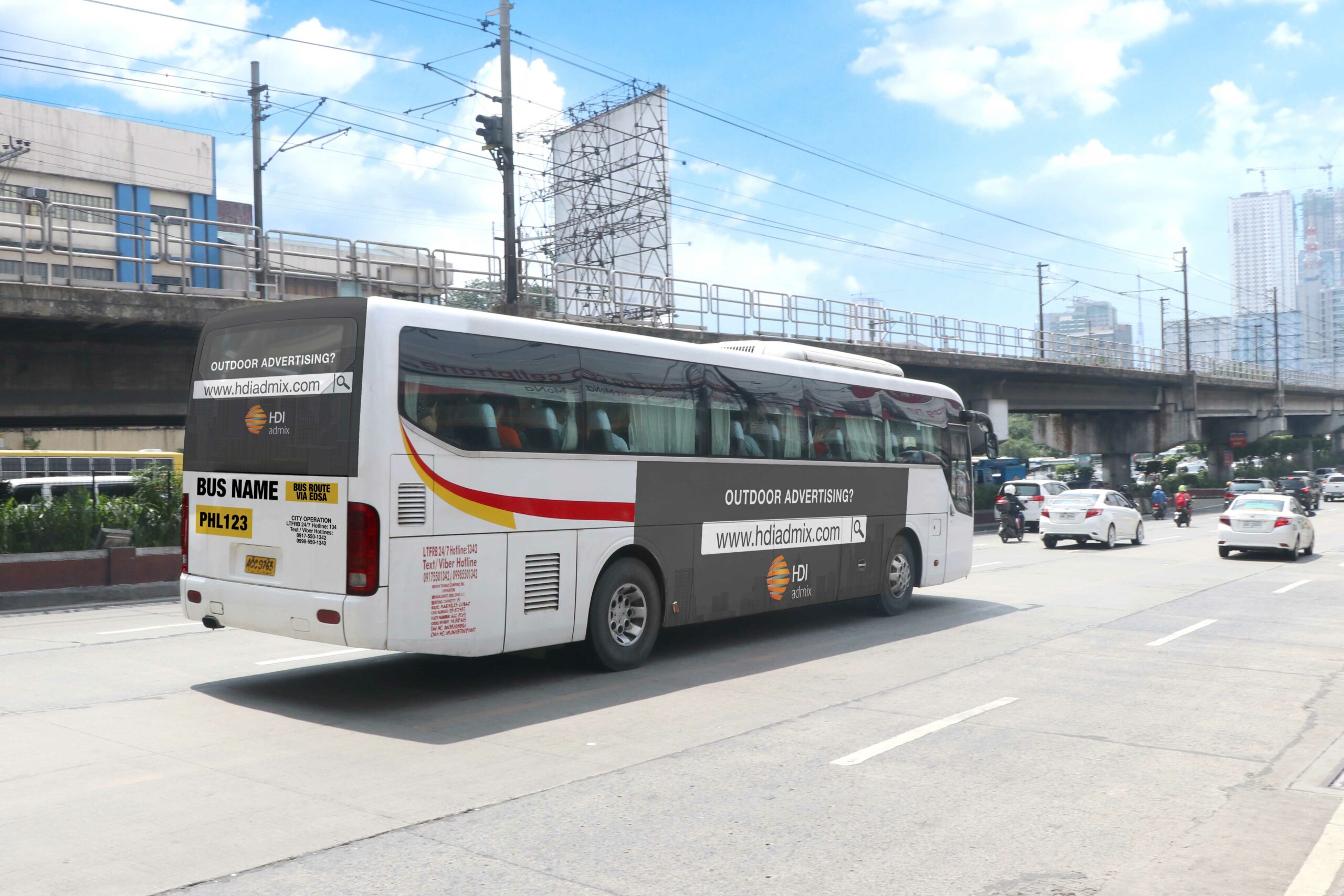How Transit Marketing Can Change Public Transport Spaces Into Dynamic Advertising Platforms
Transportation advertising and marketing holds considerable capacity to redefine mass transit areas right into lively advertising systems that engage and notify. By using cutting-edge styles such as electronic displays and interactive kiosks, brands can not only reach a varied audience yet also improve the total traveler experience. This method develops a special opportunity for brands to connect with customers in a setting that is frequently overlooked. As we explore the multifaceted advantages and developing approaches of transportation advertising and marketing, it raises the question of how this transformation might redefine our interactions with both brand names and the metropolitan environment.
Advantages of Transportation Advertising And Marketing

In addition, transit advertising is highly affordable compared to typical media. It enables marketers to accomplish high impacts at reduced expenses, taking full advantage of return on investment. The restricted audience of commuters gives a possibility for brand names to communicate their messages to people who are usually responsive throughout their travel times.
Moreover, the dynamic nature of transportation marketing enables projects to be updated frequently, guaranteeing that messaging continues to be prompt and appropriate. This adaptability can be essential in responding to market trends or advertising occasions, keeping the brand top-of-mind for customers. Finally, the pervasive existence of transportation advertising adds to brand name recall; repeated exposure within familiar traveling contexts strengthens brand name recognition and fosters consumer loyalty, ultimately driving sales and enhancing brand name reputation.
Sorts Of Transit Marketing
Mass transit systems provide numerous formats for advertising and marketing, each accommodating different advertising and marketing techniques and target market interaction approaches. One prominent type is exterior bus and train wraps, which cover the entire automobile and create a mobile signboard impact, enabling for high presence in metropolitan settings. These wraps can capture attention as they traverse hectic streets, reaching a diverse audience.
An additional prominent layout is interior advertising, which includes posters, electronic screens, and ads on transit seats. These positionings engage passengers throughout their trip, reinforcing brand name messaging in a confined space. Digital displays, specifically, offer the benefit of vibrant content, making it possible for marketers to upgrade messages in real-time.
Terminal marketing is additionally considerable, featuring posters, banners, and interactive booths within transit stations. These ads utilize foot web traffic and can target particular demographics based on location.
Lastly, marketing collaborations with transit authorities can bring about distinct campaigns, such as themed transit experiences or occasions, boosting the total interaction with travelers. Each type of transportation advertising and marketing uses distinctive advantages, permitting brand names to tailor their method to effectively reach their target market within the public transportation environment.
Engaging Commuters Effectively
Commuters are increasingly inundated with advertising messages throughout their everyday journeys, making it important for brands to involve them in ingenious methods. To capture attention in this jampacked area, marketers should focus on creativity and relevance. Using appealing visuals and succinct messaging can dramatically boost the chance of engagement.
Interactive elements, such as QR codes or augmented fact attributes, can likewise change fixed advertisements into immersive experiences, promoting a much deeper link with the target market. Brands should concentrate on attending to commuters' rate of interests and requirements, tailoring messages to reverberate with their way of life, whether through promotions for regional organizations or services click here for info designed to improve their travelling experience.
Additionally, timing plays a crucial duty; strategically positioning advertisements throughout optimal travelling hours can make the most of presence and effect. Involving travelers properly likewise includes leveraging social media integration, enabling guests to share their experiences or promotions directly from transportation platforms, thus intensifying brand reach.
Essentially, efficient interaction depends upon recognizing the traveler journey and developing compelling, interactive, and appropriate marketing experiences that not only record focus yet also drive action and commitment. By doing so, brands can transform public transport right into a vibrant advertising and marketing system that resonates with its audience.

Measuring Advertising Impact
How can brand names properly examine the performance of their marketing campaign en route atmospheres? Measuring the influence of transit advertising requires a diverse technique that incorporates quantitative and qualitative metrics. One prevalent technique is tracking involvement with mobile analytics, where brand names can assess foot website traffic patterns and application communications previously, during, and after projects.
Surveys can offer important understandings right into brand name recall and customer sentiment, permitting brands to determine how well their messages resonate with travelers. Furthermore, keeping an eye on social networks engagement related to certain projects can expose changes in public perception and brand conversation.

Furthermore, collaborating with transit firms can enhance dimension precision, as they often have comprehensive group data on ridership trends. By incorporating these methods, brand names can create a comprehensive understanding of their advertising and marketing performance, making sure that their campaigns not just reach but also impact their target audiences efficiently.
Future Fads en route Advertising
A substantial shift is expected in transit advertising as technical improvements and transforming consumer actions reshape the landscape. Transit Advertising Philippines. The combination of interactive media and digital screens is anticipated to improve interaction, allowing brand names to provide dynamic content that reverberates with diverse target markets. As public transportation systems welcome wise innovation, advertisers will certainly utilize real-time data analytics to tailor messages based upon passenger demographics and actions
Furthermore, boosted truth (AR) is positioned to revolutionize the means commuters communicate with promotions. By giving immersive experiences, AR can transform a mundane journey right into an appealing story that catches interest and promotes brand loyalty. This advancement will likely encourage advertisers to produce more experiential campaigns that drive consumer interaction.
Sustainability is an additional vital pattern influencing transportation marketing. As ecological awareness grows, brand names will increasingly look for to straighten with green methods, utilizing lasting materials and promoting eco-friendly campaigns within click resources their projects.
Conclusion
Finally, transit marketing offers significant benefits by improving brand name presence and engaging a restricted target market. Via different styles, such as outside wraps and digital screens, it changes public transport right into a lively advertising and marketing platform. Reliable interaction techniques and robust measurement strategies further intensify its impact. As patterns progress, the potential for cutting-edge interactions in between brands and travelers is poised to grow, guaranteeing that transit advertising and marketing remains an essential element of modern advertising methods.
Transportation marketing holds significant possibility to redefine public transportation areas right into vivid advertising systems that educate and involve. The prevalent presence of transportation marketing contributes to brand recall; duplicated exposure within acquainted travel contexts reinforces brand awareness and cultivates consumer commitment, inevitably driving sales and boosting brand online reputation.
Exactly how can brand names precisely examine the efficiency of their marketing projects in transit settings?In verdict, transportation marketing provides substantial benefits by boosting brand presence and engaging a captive target market. Transit Advertising Philippines. As patterns advance, the potential for innovative interactions between brand names and commuters is poised to grow, ensuring that transit marketing stays an essential part of modern-day advertising and marketing strategies